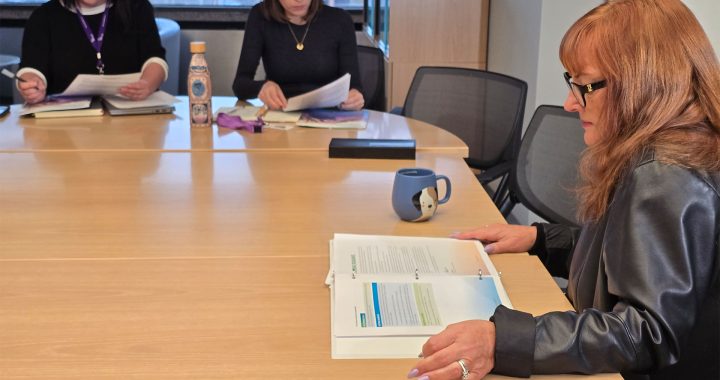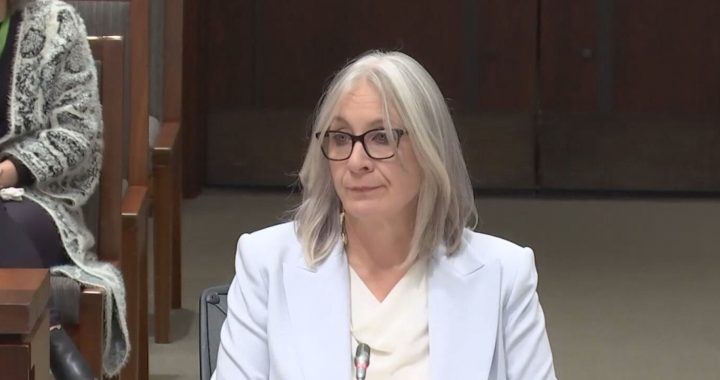APTN National News
OTTAWA–The number of First Nations under drinking water advisories has grown by nearly 40 per cent since 2006, the Liberals said Friday.
Using numbers provided in by the government in response to a question placed on the Order Paper, the Liberals said conditions have worsened on reserves since the Conservatives took over in 2006.
The number of First Nations living under drinking water advisories grew to 131 in 2011 from 95 in 2006, according to the numbers provided by the government in response to a question submitted by interim Liberal leader Bob Rae.
“The Conservative government says it is making progress to improve water quality for First Nations, but evidence clearly says otherwise,” said Liberal Aboriginal affairs critic Carolyn Bennett in a statement.
The number of communities under drinking water advisories grew nearly every year between 2006 and 2011. Only 2007 saw a drop with 93 communities under advisories, according to numbers provided by Health Canada. The number of First Nations under advisories jumped to 103 in 2008, 111 in 2009, 119 in 2010 and 131 in 2011.
Oil-rich Alberta saw the number of communities under advisories grow from eight to 33 between 2006 and 2011. Every other province, except Ontario, saw their numbers rise or remain the same over the same time period. In 2006, Ontario had 38 communities under advisories, which dropped by one to 37 in 2011.
Quebec only had one community under an advisory in 2011, the same as 2006. Manitoba, which has a number of communities with residents living with no running water, only had two First Nations living under an advisory in 2011.
British Columbia had 31 communities under advisories in 2011, up from 30 in 2006, Saskatchewan rose from 11 to 20 over the same time period and Atlantic Canada went from six to seven.
Aboriginal Affairs Minister John Duncan has said the government has no plans for major new investments in improving the water situation on reserves. Instead, Duncan has said the government will focus on passing legislation to set regulations and standards for reserve water and wastewater systems.
A government commissioned study, released in June, found that the federal government needed to spend a total of $4.7 billion over the next decade to keep water and waste-water systems up to standard and meet the needs of growing First Nations population.
The study, by firm Neegan Burnside, said the federal government needed to immediately invest about $1.2 billion to raise reserve-based water and sewage systems to standards set by Aboriginal Affairs.
The study concluded that it was not “credible” to implement a new “regulatory regime” unless the government also provided funding to allow First Nations to meet the new rules.
A spokesperson for the federal Aboriginal Affairs department referred the issue to Health Canada. Health Canada could not provide an immediate response.
In its response to Rae’s question, Health Canada said drinking water advisories are put in place for things like line breaks, equipment failure, absence of trained water treatment plant operators and chlorine residuals.
Health Canada said an advisory may only impact one building and does not always represent a “community-wide drinking water problem.” The department said the number of advisories on First Nations “fluctuates.”
The advisories include orders to boil water and do not consumer orders, Health Canada said.









